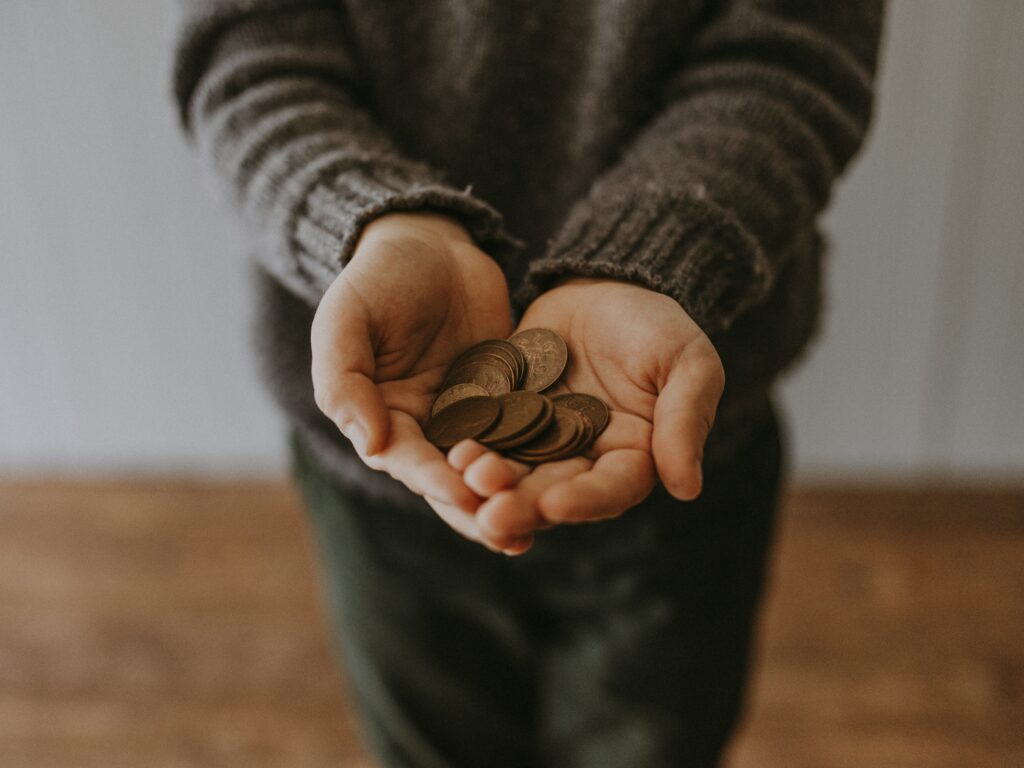Real Story: Shweta’s Safety Net
When Shweta lost her job in Pune in early 2025, she was relieved to have her emergency fund—six months’ worth of rent, EMIs, groceries, and school fees—ready in a separate account. The fund kept her family afloat, covered hospital bills for her son’s sudden illness, and saved her from dipping into her retirement savings or running up credit card debt. Building that cushion over three years, little by little, was her wisest financial move.

Why You Need an Emergency Fund
An emergency fund is your financial safety net for unforeseen events: job loss, medical crisis, car breakdowns, or family emergencies. Without it, you risk falling into expensive loans or selling long-term investments at the wrong time.
How Much Should You Save?
The golden rule: Save 3–12 months of essential living expenses.
- Singles/Double income families: 3–6 months of costs is often enough
- Families with dependents or irregular income: 6–12 months is safer
What Do “Essential Expenses” Include?
- Rent/home loan EMI
- Grocery and utility bills
- Transport and school fees
- Insurance premiums
- A small buffer for emergencies
Sample Table: How Much Emergency Fund Should You Have?
| Monthly Spend | Single (3 Months) | Married+Dependents (6 Months) | No Fixed Salary/Biz (9-12 Months) |
|---|---|---|---|
| ₹50,000 | ₹1,50,000 | ₹3,00,000 | ₹4,50,000–₹6,00,000 |
| ₹100,000 | ₹3,00,000 | ₹6,00,000 | ₹9,00,000–₹12,00,000 |
| ₹150,000 | ₹4,50,000 | ₹9,00,000 | ₹13,50,000–₹18,00,000 |
| ₹200,000 | ₹6,00,000 | ₹12,00,000 | ₹18,00,000–₹24,00,000 |
Other Factors: Fine-Tune Your Fund
- Self-employed or freelance? Increase to 9–12 months for added safety.
- Inflation: Review your corpus yearly as prices rise (medical, food, fuel).
- High EMIs or dependents? Build a buffer to handle several months of bills, even without income.
Where Should You Keep Your Emergency Fund?
Experts recommend:
- High-interest savings accounts (for instant access)
- Liquid mutual funds or ultra-short debt funds (better returns, fast withdrawal)
- Avoid locking this money in FDs or equity, which can hinder withdrawal or bring market risk.
How to Build Your Emergency Fund
- Start small: Even ₹5,000/month works. Automate savings, or set up a SIP.
- Park in separate account: Keeps your fund untouched by daily expenses.
- Top up with bonuses or tax refunds: Boost your fund whenever you get extra cash.
- Stick to a plan: A year of monthly effort can build your safety net without stress.
FAQ
Q: Does ‘entertainment’ count as an emergency expense?
A: No—only essentials like food, housing, bills, insurance.
Q: How often should I review my fund?
A: Every 6–12 months, or with major life changes (new job, child, higher rent, etc.).
Q: Where do most people go wrong?
A: Saving too little, ignoring inflation, and mixing the emergency fund with routine accounts.
Useful Calculators and Resources
Shweta’s advice:
“The most important saving goal is your own safety net. With an emergency fund, you can sleep peacefully—no matter what life throws your way.”
Smarter Money Tips for India

Discover our guides on credit cards, loans, insurance, and savings designed for Indian readers.
💡 Explore Indian GuidesI’m the founder of Save With Rupee – I write practical, easy-to-follow guides on Indian money topics — from credit and insurance to side hustles, savings, and investing. My mission is simple: to help everyday people in Indian make smarter financial choices, one Rupee at a time. Click here to more Details
